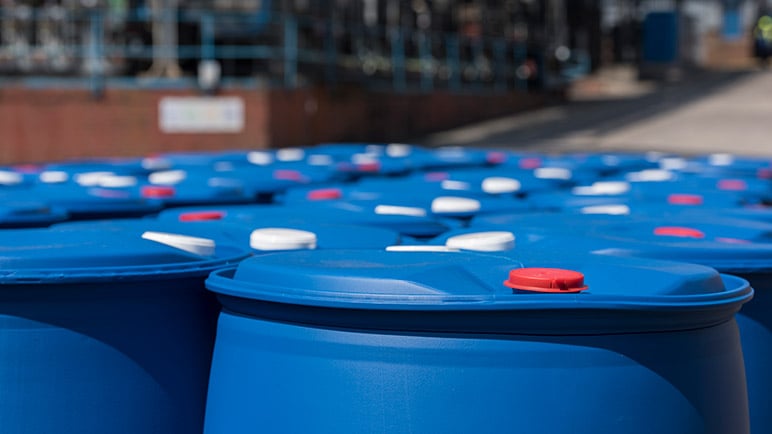Heat exchanger efficiency is critical to the success of any industrial operation, yet many plants rely on inadequate data to assess the health of their heat exchanger networks. Solenis developed its heat exchanger performance monitoring program to address this issue. Using advanced predictive monitoring and heat exchanger modeling capabilities, this innovative technology enables decision-makers to identify, with confidence, which heat exchangers pose the greatest threat to reliable operation due to scale, corrosion and/or heat exchanger fouling. As a result, plant personnel can develop appropriate action plans to optimize heat exchanger efficiency.
Once deployed, HexEval helps plants maximize production and time between turnarounds while minimizing operating and capital costs and driving plant sustainability. Key benefits reported include:
- Improved reliability
- Extended time between turnarounds
- Optimized use of limited human resources
- Decreased operating costs
- Reduced capital expenditures
- Increased production
- Optimized energy and water use

